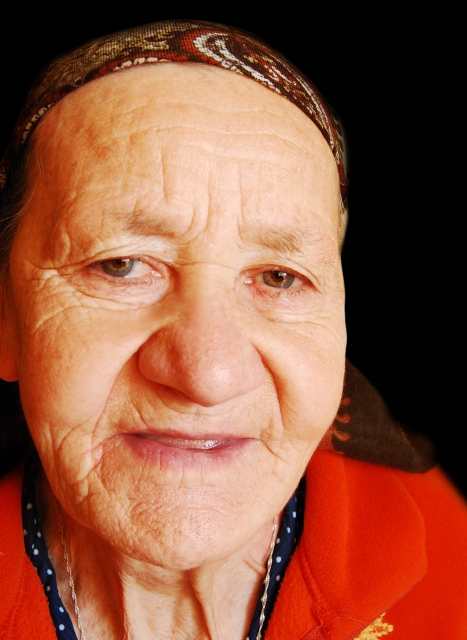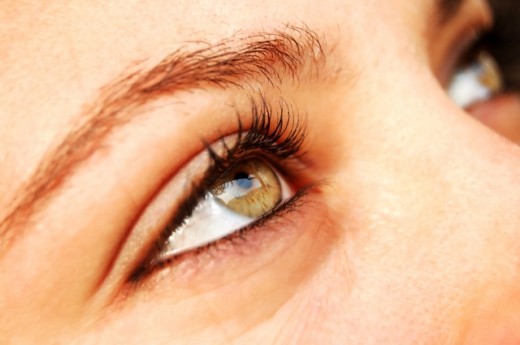Possible Side Effects of Skin Tightening

When it comes to ageing, you really can’t beat the clock. People will get old no matter what. However, because of the multitude of cosmetic procedures available today, it is now possible for humans to beat the signs of ageing, especially those that are seen on the skin. And what are the most common problems for dames? Wrinkles! A 2008 survey of women in the UK found that they begin to worry about getting wrinkles as early as age 28.
Fine lines, crow’s feet, furrows, laugh lines – whatever terms you have for them, they all desperately call for one solution, and that is skin tightening. What are some of the cosmetic procedures that can help tighten the skin and reduce the appearance of wrinkles? Are there possible side effects of skin tightening?
To be able to answer these questions, here is a brief overview of some popular skin tightening techniques, including the possible adverse effects.
Facelift
Also known as rhytidectomy, this invasive procedure involves using general anesthetic, making cuts along the sides of the face, and stretching the skin and muscles to achieve a tighter or firmer look. The cuts are then sutured and allowed to heal along with pain medication. The American Society of Plastic Surgeons (ASPS) reported that more than 100,000 men and women in the US undergo a facelift every year.
Some possible side effects of a rhytidectomy include allergy to the anesthetic or the medication. Also, some patients may experience temporary scarring, swelling, and bleeding along the sutured areas. In a few cases, those who had facelifts experienced nerve damage due to the possible cutting of some nerves beneath the skin.
Botox
Originally used as a nerve medication in the 1980’s, Botox is now one of the most popular non-invasive procedures for treating wrinkles. In fact, more than 5 million people had Botox injections in 2008, according to the ASPS. The chemical acts by paralyzing the nerves and muscles beneath the skin, causing them to be soft, supple, and minimizing the appearance of lines.
Because it is a nerve toxin, Botox may give patients temporary facial muscle paralysis, difficulty in smiling, or even blinking. There may be some who are allergic to the treatment, leading to flu-like symptoms and headaches. Wrong administration of the injection can cause bruising in the face, droopy eyelids, and even double vision.
Intense Pulsed Light
IPL photorejuvenation as it is also called, uses a special device with a xenon flashbulb emitting bright lights that are projected on the surface of the skin. The pulsed broad spectrum of light stimulates the production of collagen beneath the layers of skin, helping to rejuvenate and to firm it. IPL has also been used to treat sun-damaged skin as well as rosacea.
Sources explain that the side effects of IPL are relatively mild. However, some patients have experienced redness or swelling of the skin immediately after the treatment. In some instances, these are temporary and may be taken care of with UV-protective topical applications.
Radiothermoplasty
Also called as Thermage, ThermaLift, and ThermaCool, this wrinkle-eliminating procedure uses radiofrequency (RF) to stimulate the production of collagen within the skin’s layers. A special device called a ThermaCool TC comes in contact with the skin, emitting RF energy that gently heats the deeper layers of skin, causing it to tighten in the process.
The possible side effects of Thermage include redness, swelling, and soreness in some parts of the face. In other cases, patients experienced a mild burning sensation, associated with tingling and blistering. Medical sources say that these are very minor adverse reactions, and will wear off after a few days.
Plasma Skin Regeneration
First used in 2006, PSR differs from IPL and Thermage in that it uses pulses of nitrogen-based plasma to penetrate the skin layers and to stimulate the production of collagen. Wrinkles and skin spots are reduced as sun-damaged cells are peeled off as skin becomes firmer and tighter. Varying frequencies or strengths of the plasma pulse may be used depending on the severity of skin problems.
As a relatively new procedure, there have been few reports of the possible side effects of plasma skin regeneration. Redness and swelling may occur up to seven days after the procedure. Some patients may experience excessive peeling and hyperpigmentation of the skin.
How can you avoid the side effects of skin tightening?
Because not all people experience the same side effects, it is more than wise to be prepared prior to having any of the abovementioned procedures. It pays to research well about the background of these methods, as well as the competency of the medical practitioner who will administer the treatment. If one has any doubts, it is best to seek the advice of a doctor, to be able to determine which skin tightening treatment will be most suitable.
Despite the effectiveness of these cosmetic procedures, perhaps the best way to deal with wrinkles is to follow a good skin regimen. Keeping the skin clean and healthy may be the smartest, if not the safest, method for fighting the signs of skin ageing.Related Link:
- Side Effects Microdermabrasion Microdermabrasion possible Side Effects by Anna Belinda Brillon | Sty
In the modern age, more and more people are turning to more sophisticated methods to preserve beauty. Among the most common skin treatments of today is known as microdermabrasion. How








